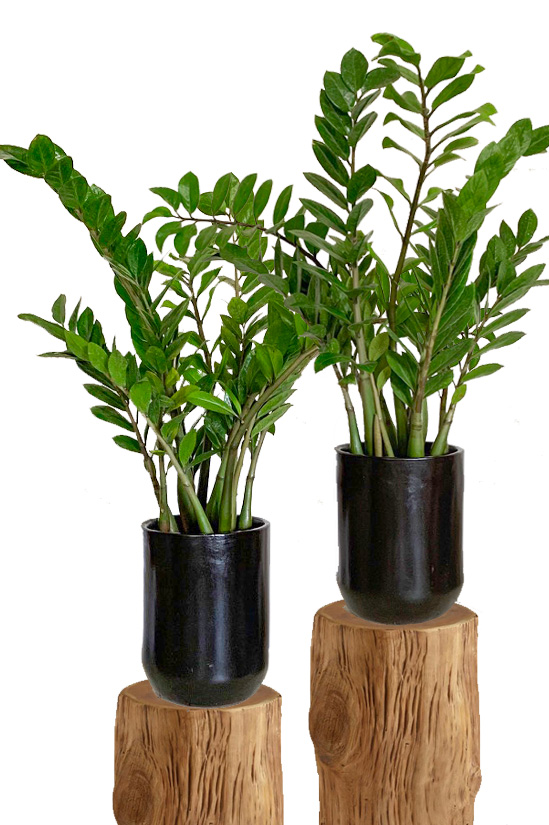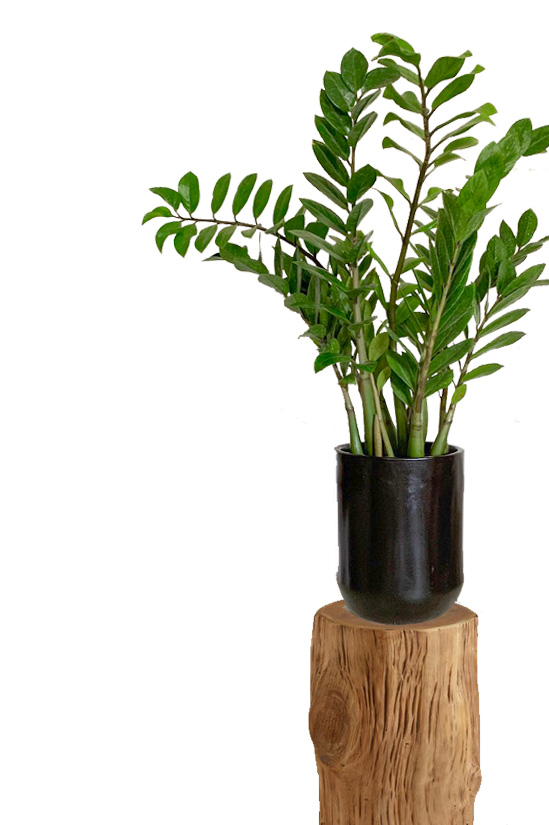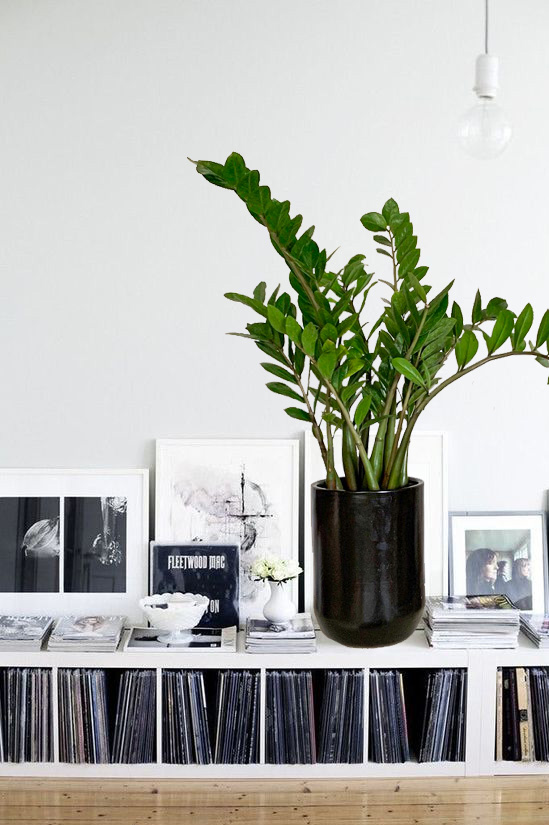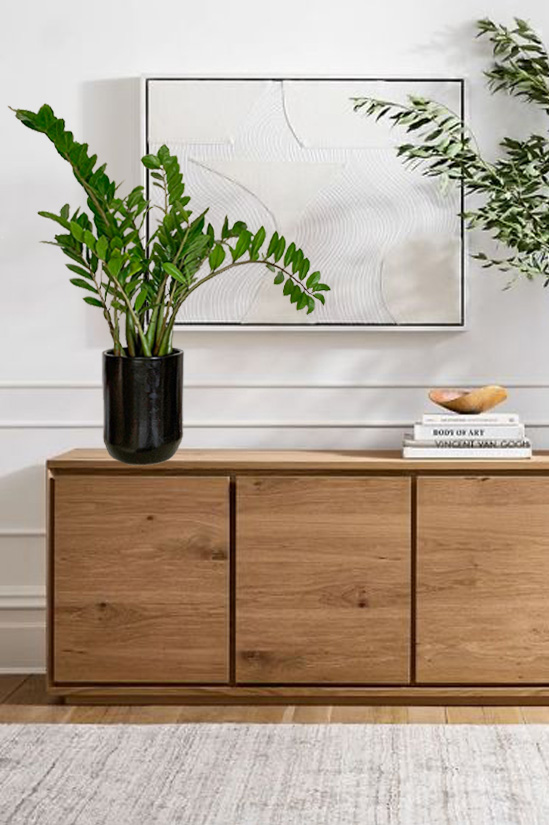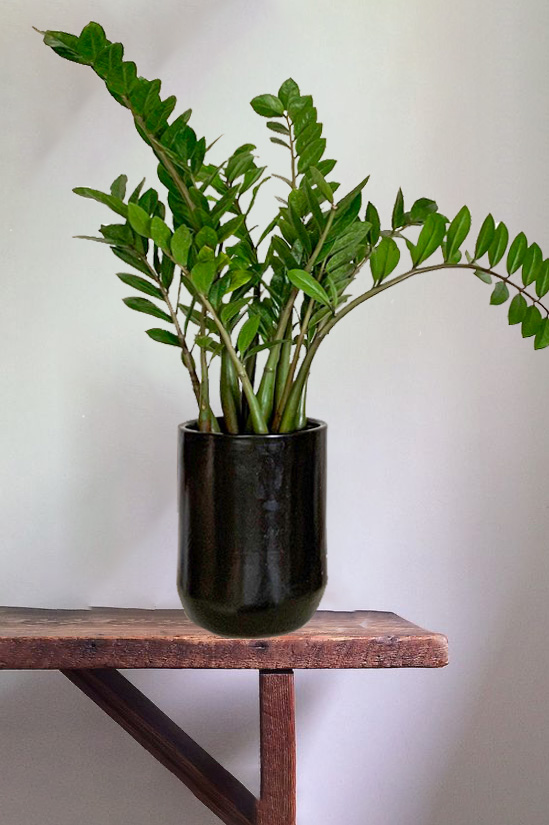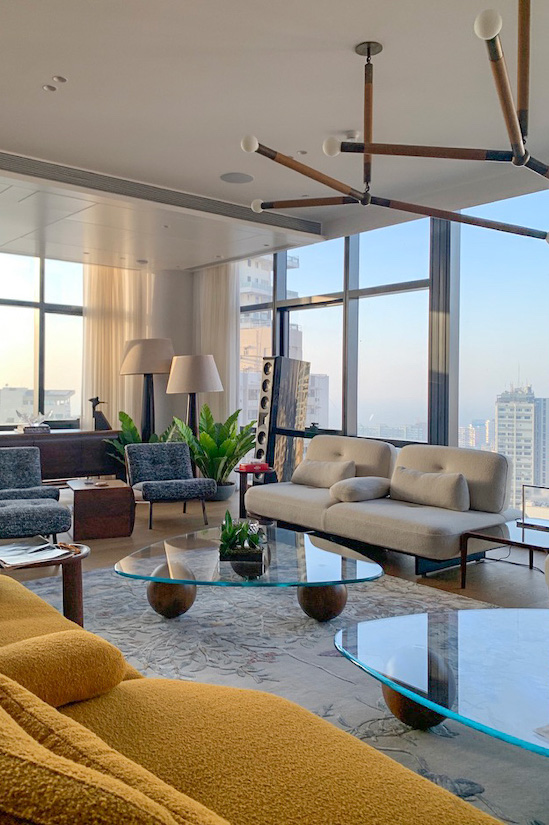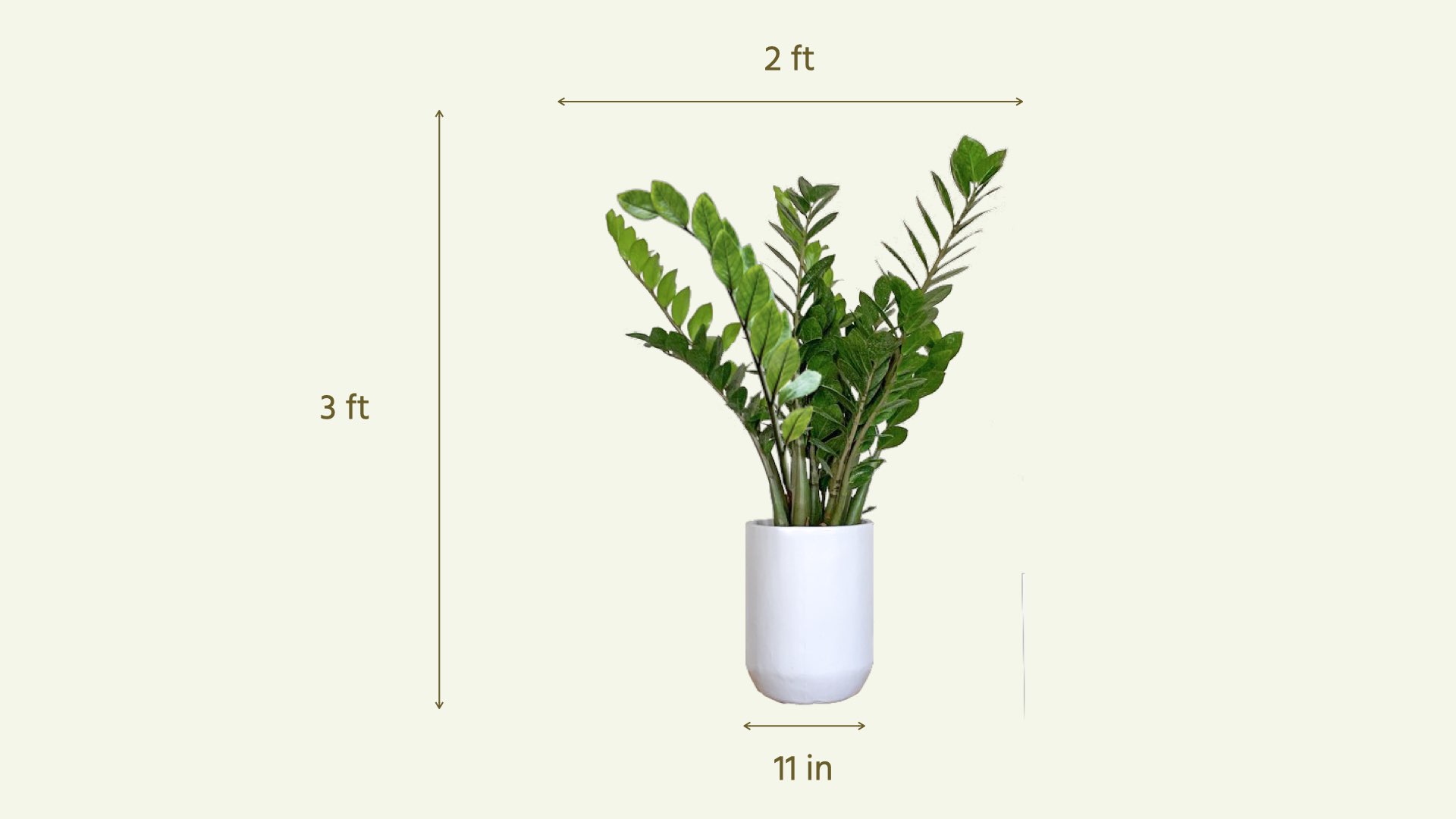Royal Topaz
₹ 8,950
Crown jewel. The Royal Topaz sparkles like a gem. A sculptured masterpiece that exudes regal class, it's also completely indestructible. It's the perfect plant for the ultimate brown thumb. It’s elegant but not afraid to fight.
Sunlight:
Texture: Black Clay
Size: 2 1/2 Feet
- T
- M
-
Description
Crown jewel. The Royal Topaz sparkles like a gem. A sculptured masterpiece that exudes regal class, it's also completely indestructible. It's the perfect plant for the ultimate brown thumb. It’s elegant but not afraid to fight.
-
Size details
Base: 11" x 14"
Taller than usual in an elevated cylindrical clay base.Size guide
-
Material details
There’s something special about the perfectly-imperfect nature of ceramics. The raw touch, the way the light comes through and that it’s made from the earth all make a ceramic base more than a container.
After decades of using impersonal industrial products, clay, artisans and local manufacturing is making a comeback in interior decor.
Our ceramics are handmade by an artist in northern Gujarat using wild clay that is as minimally processed as possible. This art form is thousands of years old and allows us to go back to a simpler time. A material that is sustainable and low-polluting, clay gives us the relaxed warmth we’re craving. -
Material details
Step aside, industrial manufacturing.
Ceramics are made from earth. They’re imperfect, but that’s what makes them beautiful. Our clay pots are handmade by an artist in Gujarat. The result? One-of-a-kind pieces of art and a warmth in our spaces we’re craving. -
Plant details
Zamioculcas zamiifolia, characterized by their shiny, wide, oval-shaped leaves that shoot upward and quickly grow in a home indoors. The plant natively grows in East Africa, namely Zanzibar and Tanzania.
The plants are also called Zanzibar gems for their spotless, waxy leaves that are so deep green that sometimes, these plants are mistaken as artificial. -
Care details
It's well known around the world to be one of the easiest plants to care for even in low light conditions. It grows best in a bright spot in the shade.
It likes to be watered deeply but infrequently, approximately once a week. More in the summer, less in the monsoon and cooler months.
A quick check-in once a month to cut off any mushy stems is probably a good idea.




